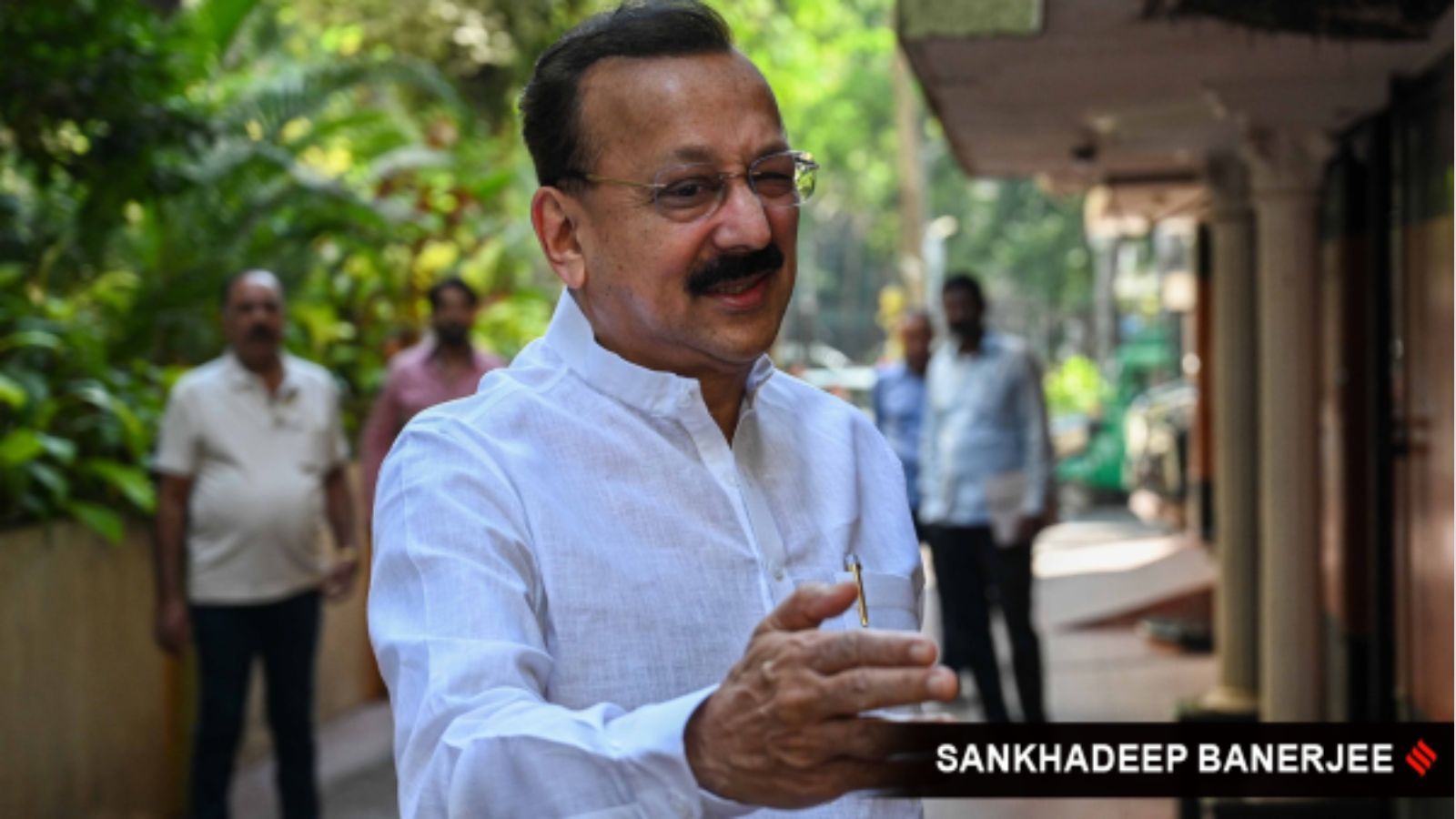Politician and builder Baba Siddique’s killing earlier this month has shocked the country. People are asking whether the incident indicates a resurrection of the Mumbai underworld. The targeting of Siddique is reminiscent of Mumbai’s underworld’s operations in the 1980s and 1990s.
In 1998, as many as 101 shootouts occurred in – one virtually every third day — in Mumbai. Prominent Bollywood personalities, business tycoons, industrialists, hoteliers and politicians were targeted regularly. Murder, kidnapping, extortion, land-grabbing and smuggling were common crimes those days.
Some of the major gangs then were – the D-gang led by fugitive Dawood Ibrahim, followed by the Rajan gang which was first led by Rajan Nair aka Bada Rajan and after his death, was taken over by Rajendra Nikhalje aka Chota Rajan. In 1993 Rajan split with Dawood and another gangster, Chota Shakeel replaced Rajan in the D-gang and started handling its operations. Dawood and Shakeel moved their base to Pakistan in the early 1990s, where they continue to live and handle their operations under the patronage of Pakistan’s ISI. Another dreaded gang was the Arun Gawli gang, which operated from the Dagdi Chawl in the Agripada area of South-Central Mumbai. Brothers Amar Naik and Ashwin Naik operated their gang from the Chinchpokli area of South-Central Mumbai.
Abu Salem, currently lodged in a Mumbai jail, was a crony of Chota Shakeel and would make extortion calls to Bollywood celebrities, businessmen and industrialists. He later branched out on his own and continued extortion killings in Mumbai. He shot to infamy with the broad daylight killing of music baron Gulshan Kumar. Salem was arrested in Portugal in 2002 and deported to India in 2005.
Apart from these figures, gangsters like Haji Mastan, Varadarajan Mudaliar, Karim Lala, Guru Satam, Manya Surve, Ashok Joshi, Babu Reshim and Maya Dolas terrorised Mumbai.
From smuggling operations in the 1960s and 1970s, these gangs moved on to extortion, kidnapping and “supari” killings by the early 1980s. This change was helmed by Dawood Ibrahim and made the underworld much more dreaded.
Mumbai Police’s multi-pronged attack
In the late 1990s, Mumbai Police woke up almost overnight, like a giant from a deep slumber. I was posted as Joint Commissioner of Police in Mumbai in June 1998 and was made chief of the Mumbai Crime Branch. Under the supervision of the then Police Chief, Ronnie Mendonca, Mumbai Police came up with a multi-pronged strategy to tackle the underworld menace. This caught the criminals completely off-guard.
One strategy was to revive an already existing law, which was gathering dust. The Maharashtra Prevention of Disruptive Activities (MPDA) Act, 1981, was resurrected. Armed with the MPDA, Mumbai Police identified criminals, gangsters, history sheeters, and anti-social elements and started acting against them. As many as 1,600 gangsters were put behind bars under MPDA. Most of the criminals detained were extortionists.
The Mumbai Police was also incentivised to mop up illegal weapons prevalent in the city. In three years, a record 2,500 illegal weapons were recovered, including AK47s and hand grenades.
Prompt trials and proper follow-up in courts got stringent convictions for criminals in pending cases – for example, the J J Hospital shootout case (1992), in which Subash Singh Thakur got the death sentence, later commuted to a life sentence.
Electronic surveillance capabilities were increased and we could find with greater ease the plans of the gangsters abroad. The Mumbai Police waited outside the potential victims’ homes and offices and neutralised the threat. This gave tremendous confidence to Bollywood and business personalities.
Many gangsters were killed in police encounters, which also spread fear in the underworld. The gangsters were emboldened by the encounter petition filed by Abu Azmi and the findings of the Justice Aguiar committee. Judgments given by the Bombay High Court and later by the Supreme Court laid down conditions to be followed in such matters.
Skill development training was organised by the Mumbai police with the help of the Intelligence Bureau (IB) for its officials in the art of surveillance, shadowing and intelligence gathering.
MCOCA: The game changer
An in-depth study also revealed that laws like the Prevention of Terrorists and Disruptive Activities (POTA) Act and the Terrorists And Disruptive Activities (TADA) Act, enacted specifically to keep criminals in check, had failed.
It was clear that Mumbai Police would have to arm itself with a new legislative weapon to take on the mighty underworld. This came in the form of the Maharashtra Control of Organised Crime Act (MCOCA). This well-thought-out legislation was enacted by the Government of Maharashtra (in a record time of 2-3 months). The effect of MCOCA was that the shootouts peaked at 101 in 1998, came down to 12 in 2001 and none after 2002. The killing of journalist J Dey in June 2011 is one of few exceptions.
After a battle of five decades, the Mumbai Police finally destroyed the Mumbai underworld and organised crime.
MCOCA has done its job and continues to do so to date.
Learn from the past
Even though Baba Siddique’s killing has all the signs of a gangland killing, it is naïve to term it as the resurrection of the underworld. It is at most a possible start to something sinister, but, if it is tackled effectively and in a timely manner, it can be reduced to a one-off incident.
Mumbai Police has adequate resources to deal with such a menace. It has the powerful MCOCA at its disposal which is equally effective today, as it was almost 25 years ago when it was first enacted.
Baba Siddique’s killing should come as a wake-up call for the Mumbai Police. It is high time that it awakens the giant within.
The writer is Director General of Police (DGP) (Retired), Maharashtra, former Police Commissioner of Mumbai and former chief of the Mumbai Crime



